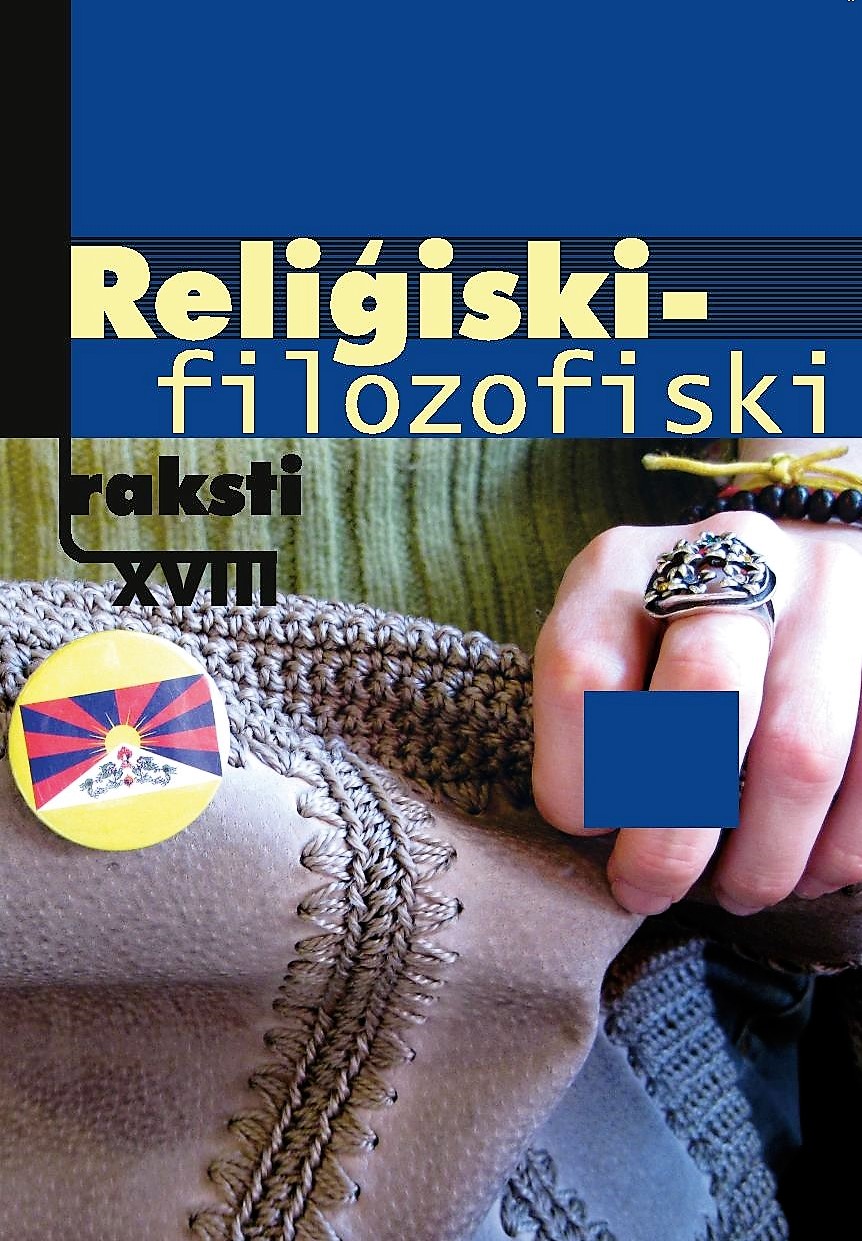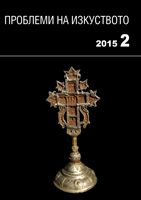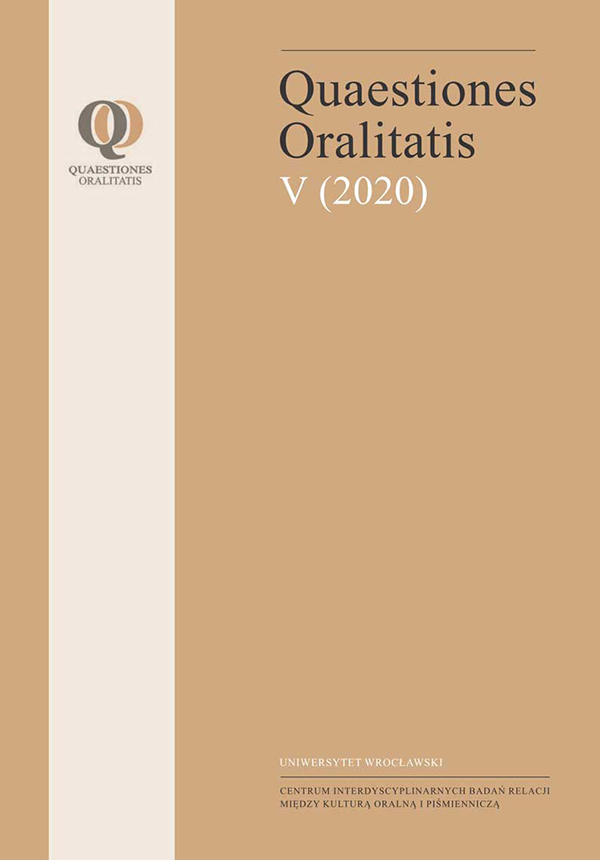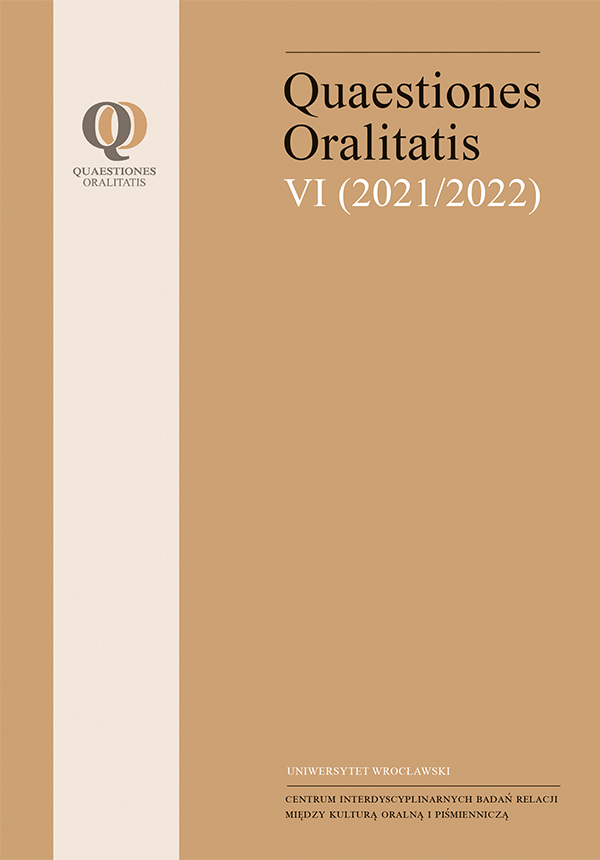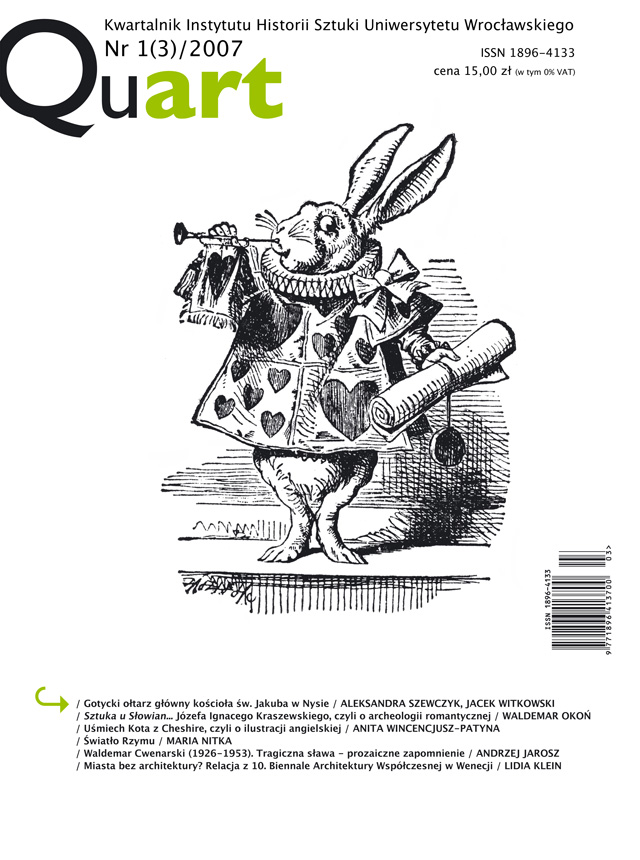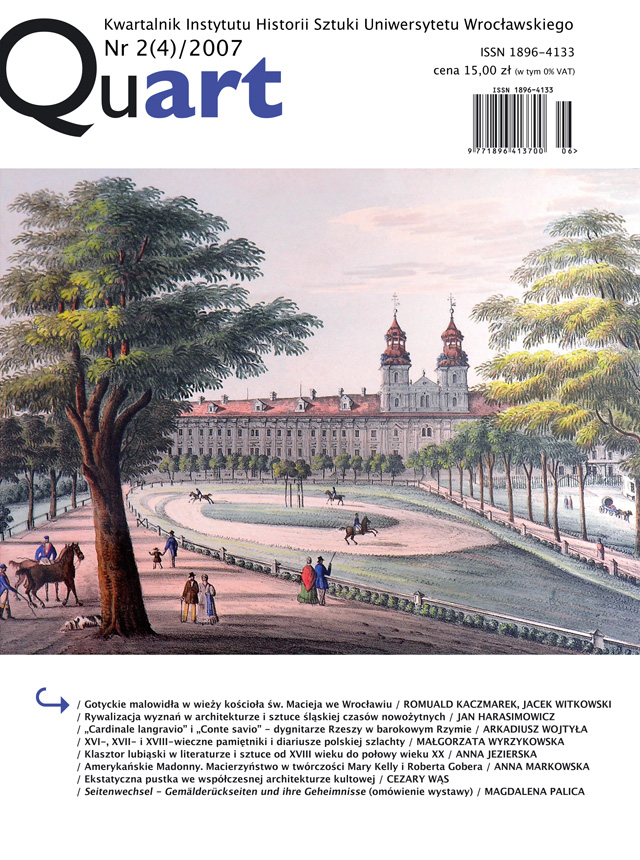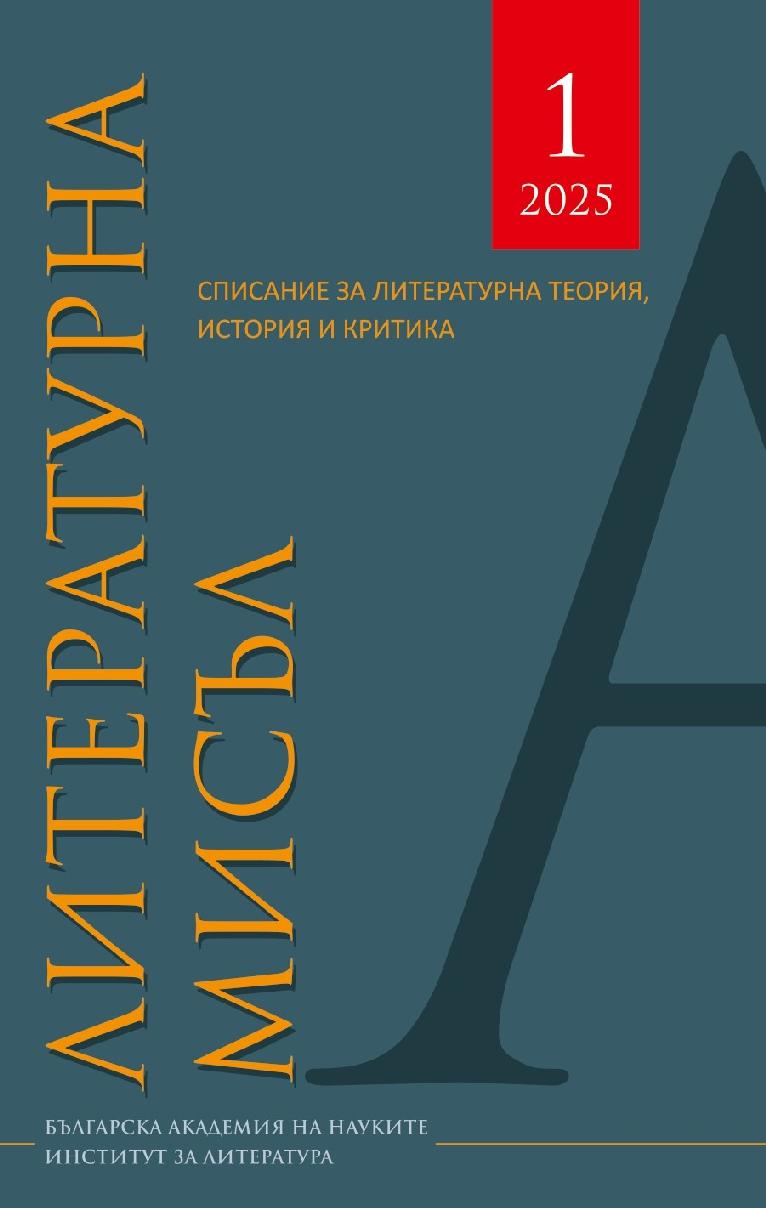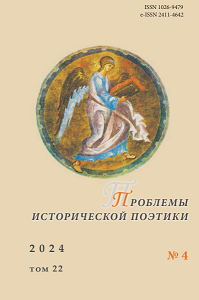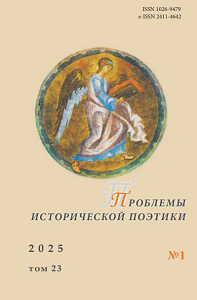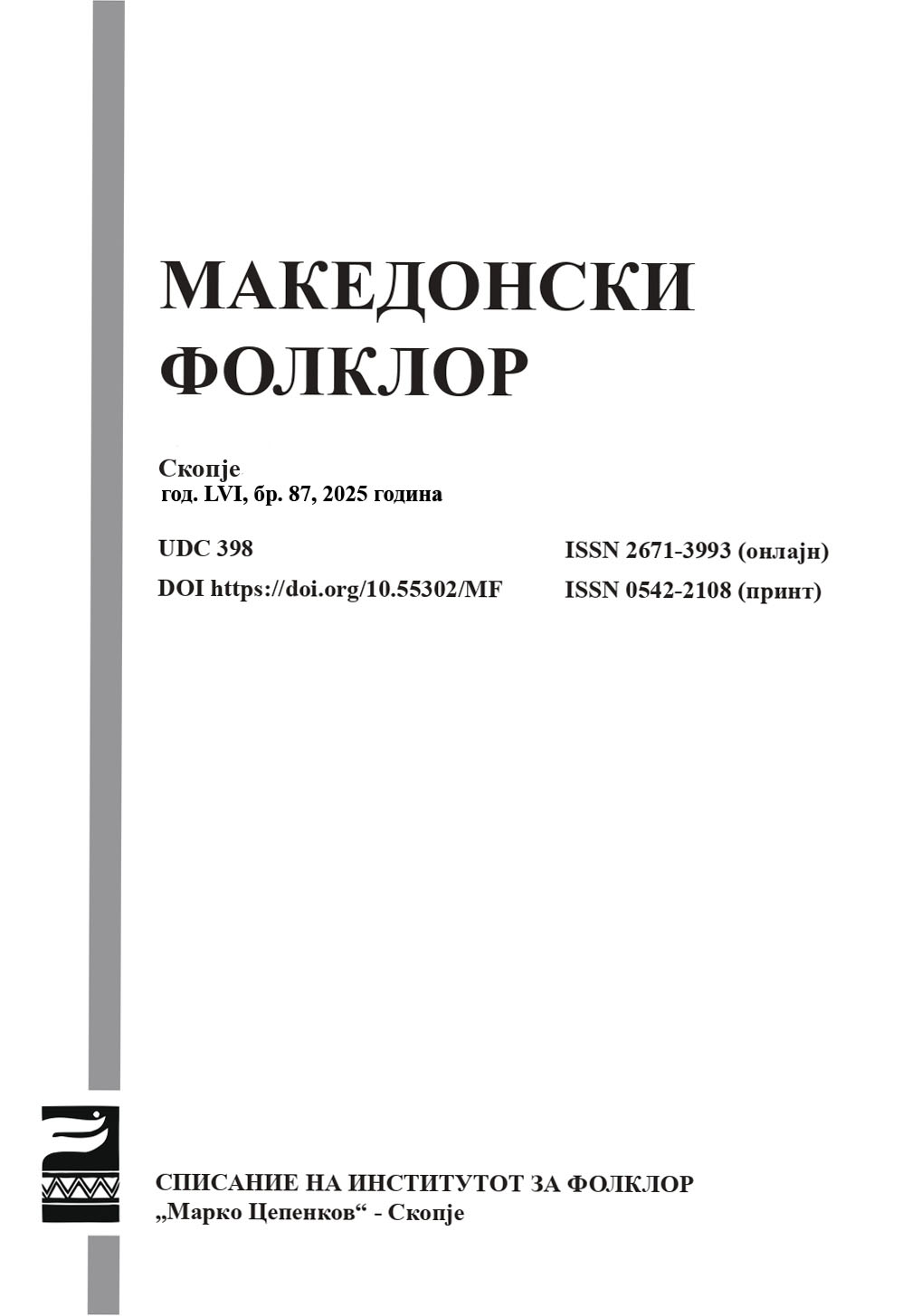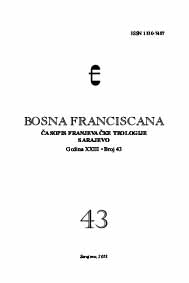
Ars moriendi kao ars vivendi u svjetlu kršć anske vjere
U današnjem postmodernom i postmetafi zičkom vremenu govor o umiranju i smrti, a s njime nužno povezan govor onda i o trpljenju i patnji, ne samo da je nepoželjan i neprimjeren, nego ga se nastoji pod svaku cijenu izbrisati i iz čovjekove misli i govora, iako je smrt sastavni, svakodnevni dio naše svakodnevnice, i ona se događa na svakom koraku, do te mjere da mediji zabilježe i prenesu svaku nesreću bilo kojeg oblika u kojoj se dogodila smrt. Čovjek znanstveno-tehničke civilizacije ježi se od pomisli na smrt i svaki govor o njoj nastoji eliminirati iz svog svakodnevnog življenja. Dok je srednjovjekovni čovjek, pa i onaj renesanse i humanizma usmjeravao svoj život prema načelu ars vivendi kao ars moriendi, i onda u trenutku smrti doživio ars moriendi kao ars vivendi, čovjek 19. i 20. st. više ne prakticira ovu dijalektičku napetost između umijeća življenja i umiranja. Znatan doprinos promijeni ove svijesti i mentaliteta donijela su otkrića i spoznaje prirodnih i tehničkih znanosti, koje su napredovale nezaustavljivim tijekom od 19. st. pa sve do danas. One su obećavale čovječanstvu spasenje i oslobođenje od svih prirodnih ograničenja, materijalni napredak i odgovore na sva pitanja koja su mučila čovječanstvo od postanka. Svojim lažnim sekularnim soteriologijama i eshatologijama osiromašile su čovjekov tubitak i izbacili ga na još veću moralno-etičku pustoš čijoj se krizi ne nazire kraj. U takvoj ispražnjenoj duhovnoj situaciji na poimanje smrti i završetka ljudskog života gleda se na nešto zastrašujuće i utonuće u apsolutno ništavilo. Zato je bolje za današnjeg čovjeka o fenomenu smrti i ne razmišljati prema staroj antičkoj rečenici fi lozofa Epikura: “Smrt, to najstrašnije zlo, nema nikakvog posla s nama; jer dok mi postojimo, smrti nema, a kad ona stigne, onda nas više nema. Tako, dakle, smrt ništa ne znači ni za žive ni za mrtve, jer se živih ne tiče, a mrtvi više ne postoje”.
More...

